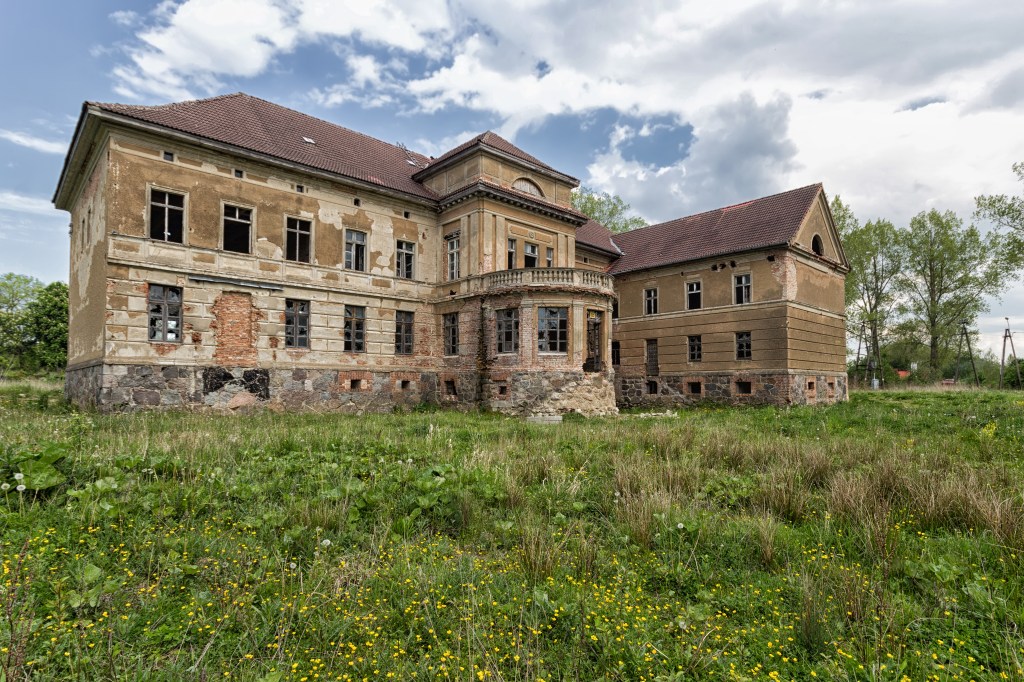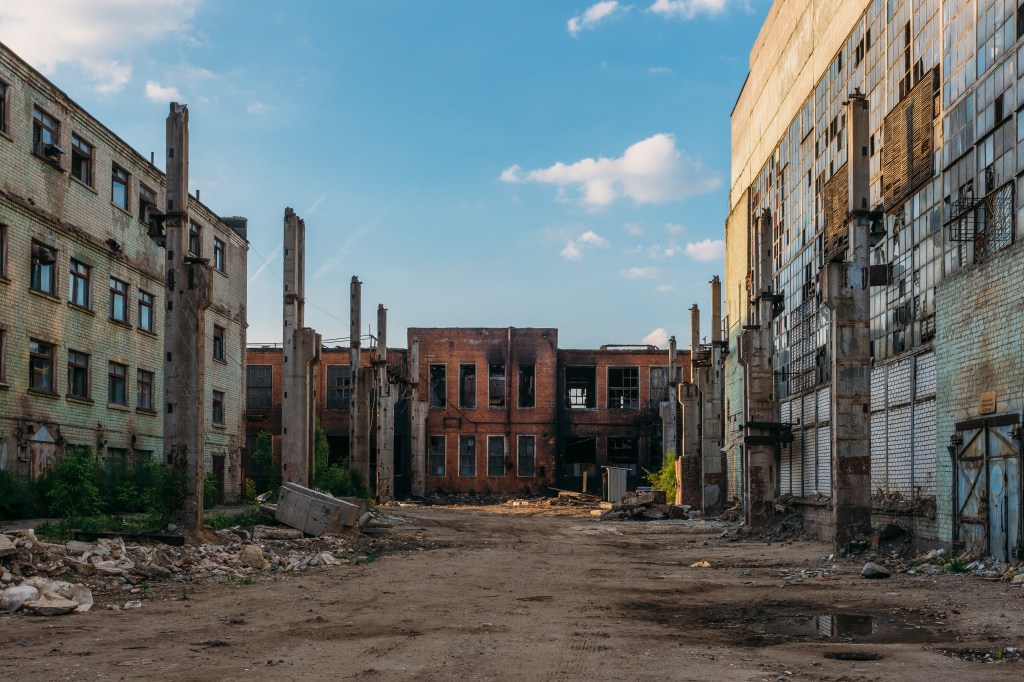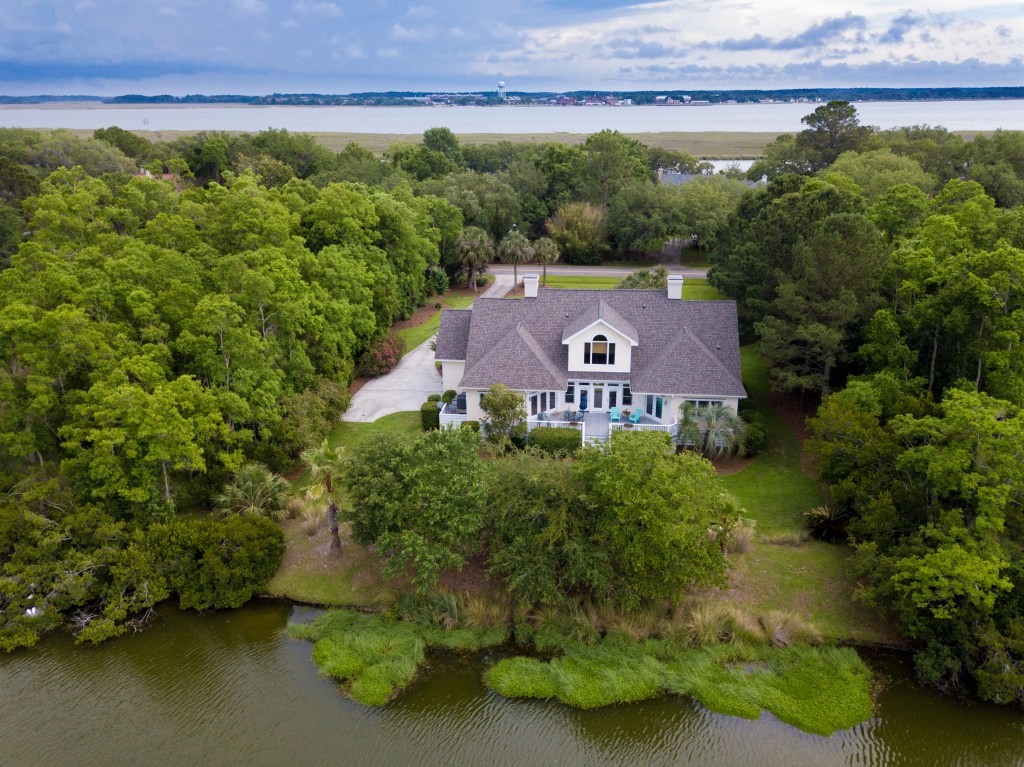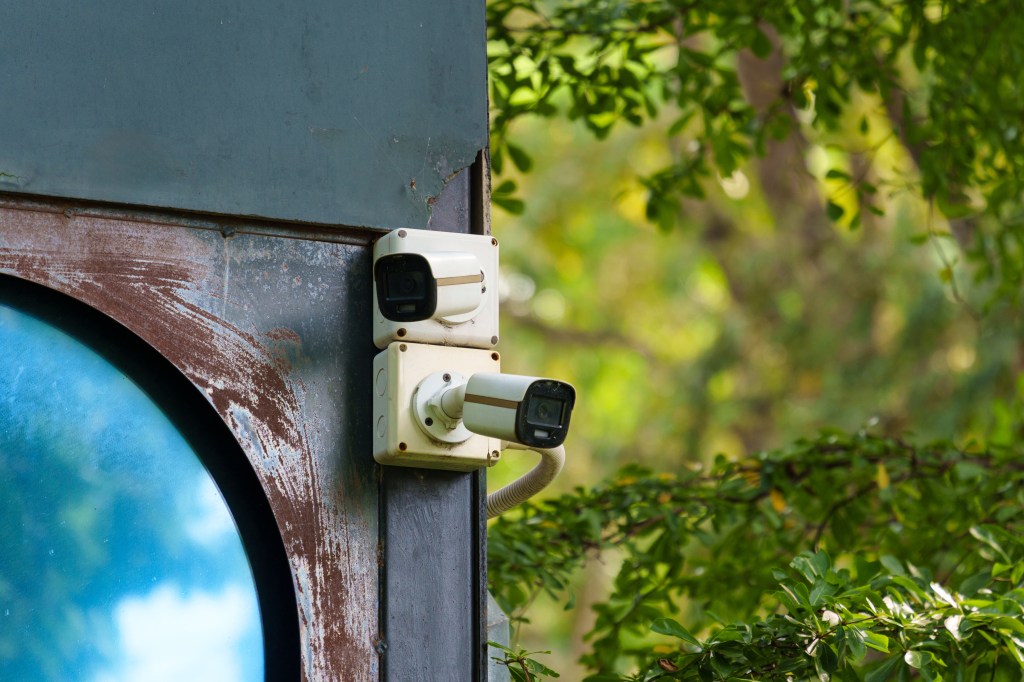The Spine-Chilling Truth About Haunted Vacant Homes You Should Know

“Haunted” may be a catchy way to describe an empty building, but for property owners, the real threats to vacant homes are far more tangible: trespassing, small leaks that spiral into major damage, and fire hazards from unauthorized entry. These risks intensify when a structure sits quietly and unattended, allowing minor issues to compound and insurance claims to become more complex and costly.
Prevention starts with proactive measures: implement vandalism prevention for vacant homes by making the building harder to approach, easier to observe, and simpler to document. Use lighting, signage, and security patrols for vacant property to discourage unusual activity. By controlling access and monitoring conditions, owners can align with vacant home insurance requirements and shift the narrative from haunted liability to protected investment.
Haunted Vacant Homes & Mansions: Grandeur, Decay, And Insurance Gaps
Abandoned mansions often blend architectural grandeur with creeping decay, and that contrast can be costly for property owners. These large, ornate homes, sometimes viewed as creepy abandoned houses, naturally attract curiosity and foot traffic, making them easy targets for breakage, theft, and the expensive repairs that follow. Common vulnerabilities like aging roofs, broken windowpanes, and unsecured side doors not only invite intruders but also signal neglect to insurers, especially when storm damage to a vacant house goes unaddressed.
To provide security and reduce exposure, it’s essential to tighten the building envelope, document any coordinated upgrades, and maintain a dated photo log. These steps support estate cleanout and property preservation for vacancies, while aligning with vacant property insurance requirements. Visible deterrents and regular inspections also help identify suspicious activity, protecting both the structure and its story.
Ghost Town Vacant Properties: Isolation and Response Time

Ghost town properties may evoke cinematic charm, but their remote locations come with serious risks for property managers. When something goes wrong, whether it’s vandalism, storm damage, or unauthorized entry, the response time from neighbors or emergency services is often delayed. That isolation increases vulnerability, making these sites high-risk targets for vandals and other threats. To protect your investment, it’s essential to implement a layered security plan that helps you notice what’s happening before issues escalate.
Start with locks, shutters, alarm systems for empty homes, and visible signage to deter intruders and buy time until help arrives. Consider scheduling security patrols for vacant property and use a vacant property inspection checklist to guide regular check-ins. These proactive steps help catch suspicious activity early, prevent costly damage, and support responsible property preservation for vacancies.
Urban Rowhouses: Squatters, Fires, And Fast Deterioration
Urban rowhouses may be compact, but their vulnerabilities are anything but small. With street-level windows, shared walls, and alley access, these properties are easy targets for squatters, vandals, and accidental fires, making squatter deterrence and fire risk in abandoned buildings top priorities. Damage spreads quickly in tight quarters, especially when one neglected unit triggers other problems in adjacent homes, such as water leaks or compromised air conditioning systems.
While board-up services offer short-term relief, long-term protection calls for reinforced doors, shutters, and alarm systems for empty homes. To further protect the property, limit entry points and maintain clear sightlines so suspicious activity is visible from the street. For vacant commercial building security, consider scheduling regular patrols and using a vacant property inspection checklist to ensure consistent oversight and responsible property preservation for vacancies.
Waterfront And Weathered Homes: Storms, Wind, And Water

Waterfront and weathered homes face relentless exposure to the elements, salt air, wind-driven rain, and seasonal surges that punish empty buildings over time. These conditions accelerate deterioration and increase the risk of costly insurance claims, especially when storm damage in a vacant house goes unnoticed. To determine risk and reduce liability, inspect the property regularly and document its condition thoroughly. Securing glazing with laminated glass windows, sealing all openings, and maintaining gutters ensures water has nowhere to hide, helping prevent mold and water damage during vacancy.
Add leak sensors and automatic shut-offs to catch slow drips before they become major losses. Winterization for unoccupied residences is also essential, especially in colder climates. For effective property preservation for vacancies, combine these measures with a vacant property inspection checklist and consider alarm systems for empty homes to ensure early detection and response. These proactive steps not only save money but also demonstrate responsibility and provide long-term benefit by keeping scenic yet vulnerable properties safe and insurable.
Historic Homes: Preservation Versus Protection
Historic homes offer aged materials and unique architectural details that are both valuable and fragile. But with historic home vacancy risks on the rise, striking the right balance between preservation and protection is essential. For example, when a property is purchased for restoration or investment, landlords must take steps to protect its integrity without compromising its charm. Opt for reversible safeguards like interior window film, laminated glass windows, custom-fit shutters, and reinforced door hardware or reinforced door frames that deter entry while preserving architectural authenticity.
These measures support winterization and long-term property preservation for vacancies, while helping mitigate liability risks associated with vacant property. To ensure valuation reflects both the home’s authenticity and added protection, inspect and document each step thoroughly, including photos, descriptions, and receipts. This careful approach not only demonstrates responsibility but also saves money and provides lasting benefit, aligning with vacant property insurance requirements and helping owners preserve both the structure and its story.
Commercial And Mixed-Use: Street-Level Glass And Liability

Commercial and mixed-use properties often feature expansive street-level glass that, after hours, becomes a liability magnet. These large windows invite foot traffic and increase exposure to break-ins, vandalism, and costly repairs, making vacant commercial building security a top priority. For any unoccupied property, it’s essential to provide security through layered protection: roll-down shutters or grilles, reinforced door frames, and access control via limited active entry points.
A property manager can help coordinate nightly closure routines and capture photo documentation to support incident reports and speed up cleanup if something goes wrong. Clear exterior lighting and visible cameras enhance visibility and deterrence without altering the building’s façade. These measures not only discourage suspicious activity and unwanted entry but also help close liability gaps and support squatter deterrence in vacant property insurance coverage.
Board-Ups, Shutters, And Smart Access Control
Commercial and mixed-use properties often feature expansive street-level glass that, after hours, becomes a liability magnet. These large windows invite foot traffic and increase exposure to break-ins, vandalism, and costly repairs, making vacant commercial building security a top priority. For any unoccupied property, it’s critical to implement layered protection: board-up services, roll-down shutters or grilles, reinforced door frames, and heavy-duty deadbolts.
Enhance access management by limiting active entry points and capturing nightly closure photos to support incident documentation and speed up cleanup if something goes wrong. A visible security system paired with clear exterior lighting and cameras helps deter intruders and makes it easier for neighbors or passersby to notice and contact police if suspicious activity occurs. These measures not only discourage unwanted behavior but also help close liability gaps and support squatter deterrence in vacant property insurance coverage.
Deterrence That Works: Lighting, Alarms, And Remote Monitoring
Smart deterrence starts with making your unoccupied property appear actively monitored, even when it’s not. Motion-activated lighting, security systems, alarm systems for empty homes, and security cameras for vacancies create the illusion of surveillance, discouraging trespassers and supporting vandalism prevention in vacant homes. Strategically place cameras at entries, driveways, and alleys to maximize coverage and visibility.
Establish a weekly routine to inspect battery levels and cloud storage to ensure everything is functioning completely when it matters most. With remote monitoring, saved clips can serve as critical evidence if you ever need to file a claim or contact authorities. These proactive steps not only protect your business investment but also help identify suspicious activity early, turning passive observation into active protection.

Documentation And Valuation: Proving Condition And Care
When managing a vacant property, there are many ways to reduce risk and protect your investment, but organized inspection documentation remains one of the most effective. Whether the building was recently occupied or has been empty for months, maintaining a dated photo log of doors, windows, fencing, and utilities after each visit helps determine the property’s condition over time. Store these records securely in the cloud and use a vacant property inspection checklist to ensure consistency and thoroughness.
These visual records, along with saved receipts for materials and security upgrades, help validate your investment and ensure your valuation reflects the true scope of care and improvements. Whether you’re working with insurance adjusters or reviewing vacant home insurance coverage, having clear, accessible documentation saves money, speeds up decision-making, and demonstrates your responsibility as a property owner.
Short Vacancies Versus Long Holds: A Phased Hardening Plan
Not all vacancies are created equal, so your security strategy should align with your vacancy timeline. If a property will be empty for just a few weeks, temporary measures like signage, basic lighting, and regular check-ins may be enough. But for longer holds, it’s time to implement long-term hardening strategies such as shutters, laminated glass windows, and alarm systems for empty homes that offer robust protection.
Begin with the most vulnerable points: prioritize securing entries first, then windows, followed by lighting and cameras. As seasons change and neighborhood activity shifts, revisit your plan to ensure it still fits the risk profile. A phased hardening approach helps balance cost with coverage while keeping your property protected at every stage of vacancy.
Quiet Coordination That Eases Vacant Building Ownership

Managing a vacant property from afar can quickly become overwhelming, especially when juggling board-ups, coordinated upgrades, and routine inspections. That’s where a dedicated vacant-property service proves invaluable. These services help property managers handle property preservation for vacancies, schedule security patrols for vacant property, and maintain inspection logs to keep everything on a predictable timeline.
In addition to reducing stress and supporting vacant home insurance conversations, consistent documentation and timely updates help deter criminal activity and other forms of illicit activity that often target unattended properties.
Services frequently include assistance with required forms, clear instructions on how to respond to trespassing, and access to training courses for owners or managers. A steady cadence of care not only protects your investment but also supports smoother outcomes when claims or valuations arise.
Sources:
https://www.loveproperty.com/gallerylist/115662/americas-most-mysterious-abandoned-homes
https://www.housebeautiful.com/lifestyle/g28422032/creepy-abandoned-mansions/
https://www.rd.com/list/stories-of-abandoned-mansions/
https://www.loveexploring.com/gallerylist/131658/abandoned-in-the-usa-92-places-left-to-rot
https://www.cntraveler.com/gallery/the-most-haunted-places-in-america
https://www.visittheusa.ca/experience/5-us-ghost-towns-you-must-see

